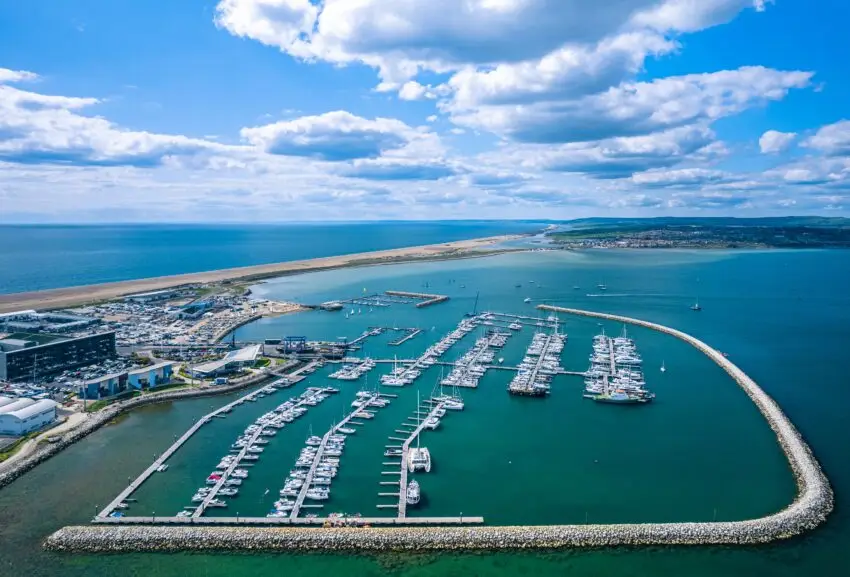Plans are underway to excavate 19 vast salt caverns under Portland Harbour in Dorset. This effort aims to store hydrogen and enhance the UK’s energy security. The project is set against the historical backdrop of the former Royal Navy base.
Each of the 19 caverns will be the size of St Paul’s Cathedral, enough to fuel a power station for several days. This storage will be critical for emergency situations when renewable sources like wind and solar are insufficient.
Project Overview
The Dorset salt caverns project will create 19 enormous caverns, each with a capacity of 320,000 cubic metres. These caverns will be used to store hydrogen, a vital resource for emergency energy needs.
These caverns will help to secure the UK’s energy future. The hydrogen stored in these caverns can be used when renewable energy sources fall short.
Government Support and Planning
Energy Secretary Claire Coutinho has endorsed the project. Adjustments to the Government’s hydrogen storage business policy will now allow for taxpayer subsidies to support the initiative.
UK Oil and Gas (UKOG) aims to seek planning permission within months. The application will be filed under the Government’s nationally significant infrastructure system, ensuring the project can proceed despite potential local opposition.
Statements from UKOG
Stephen Sanderson, CEO of UKOG, said that Portland Port is ideally suited for the construction of large salt caverns. The port is located over 450 metres of high-quality rock salt.
Meetings have been held with significant figures, including Secretary of State Claire Coutinho, Minister for Energy Efficiency and Green Finance Lord Callanan, and Minister for Energy Security and Net Zero Graham Stuart.
Sanderson believes the location’s geological features make it perfect for creating the storage caverns. UKOG’s commercial director, Matt Cartwright, added that the caverns would be formed by drilling wells into the salt and injecting fresh water to dissolve the rock.
Historical Significance of Portland Harbour
Portland Harbour, located in Weymouth Bay on England’s south coast, has a rich history. It has served as a naval base since the 16th century under Henry VIII up until its closure in 1995.
The harbour is now a major port and a training centre for the UK’s Olympic sailing teams. Its new role in hydrogen storage will rely on halite or rock salt layers found two miles beneath the surface, which have been buried for at least 200 million years.
UKOG’s Transition to Renewable Energy
This project’s launch signifies UKOG’s shift from controversial onshore oil and gas developments in southern England to renewable energy. Court battles over oil and gas fields in the Weald and Purbeck areas continue for UKOG.
Despite these legal challenges, UKOG won the right to drill in the Loxley gas field near Horsham, Surrey. Production is expected to begin next year.
UKOG’s spokesperson emphasized the company’s strategic shift towards renewable energy, stating, “We are moving away from oil and gas and see a much bigger future in renewable energy.”
Hydrogen Storage Technology
The creation of these massive caverns involves advanced techniques. Drilling wells into the salt and injecting fresh water to dissolve the rock is part of the process.
Each cavern will measure 85 metres in diameter and 90 metres high. This size is twice the volume of St Paul’s Cathedral, highlighting the scale of the endeavour.
The stability and solubility of the rock salt make it ideal for storage caverns, providing an excellent solution for hydrogen storage.
This ambitious hydrogen storage project marks a significant step toward ensuring the UK’s energy resilience. As the nation moves to more sustainable energy sources, such initiatives will be crucial.
Portland Harbour’s transformation from a historic naval base to a hub for hydrogen storage underscores the evolving energy landscape. The project not only leverages the region’s geological advantages but also exemplifies the shift toward renewable energy.

